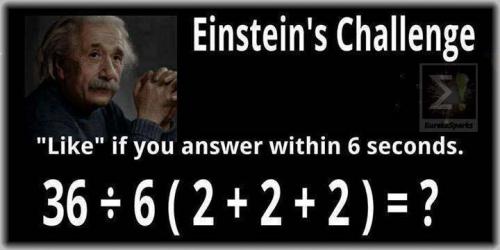-
Posts
17 -
Joined
-
Last visited
Content Type
Profiles
Forums
Events
Posts posted by janaki
-
-
Thanks all..
- swapna0 -
okey
0 -
Thankas all, How to find U?
0 -
How to Derive an Expression for Electric ptential energy for System of n' charges?
0 -
What?
0 -
-
If the rock contained no carbonate other than CaCO3, what was the percent of CaCO3 by mass in the limestone?
CaCO3 + 2HCl ----> CaCl2 + CO2 + H2O0 -
[OH - ] = 5.97 X 10e-8 M
wouldn't [H+] = 5.97 X 10e-6?0 -
A student determined the density of an unknown solid metal. He partly filled a pre-massed flask of known volume with solid and found the mass. Keeping the metal in place he then added water to fill the remaining volume of the flask. He used his data and correct calculations to find out the metal had a density of 6.95g/mL.
The teacher let him know that the actual density of the metal was 7.86g/mL. For each of the following, indicate if this would be a valid explanation for the difference in the experimental and actual density.
a. The irregular shape of the metal pieces caused air pockets to be trapped between those spaces.
b. The metal was wet when it was first placed in the empty flask.
c. The student assumed the water temperature was 20C (d=0.9982g/mL) but it was actually warm water, 30C (0.9956g/mL)0 -
-
a stone is thrown upward an initial speed of 20m/s. it goes up to a certain height, then comes down to the same level from where it was thrown. assume ag= -9.8m/s^s
a. how high does the stone go before it starts to come down? how long does it take the stone to reach this point?
b. what is the acceleration of the stone at the highest point it reached? what is its speed at the highest point?
c. how long does it take the stone to reach the same level from where it was thrown??0 -
This is an odd question, I know, but I watch plenty of crazy shows and they rub off on me. Say you are super fast and strong, and you see a nice puffy cloud 7500 feet in the air, a few miles away. Let's say you are capable of throwing a punch at hypersonic speeds, creating a wave of compressed air. Just about how fast would you need to punch to make a shockwave capable of busting the nice big cloud? You can make up your own calculations for how far the cloud probably is, as I assume you have a basic idea of what I want to know. Remember also, to take the size of the fist into account. I'd like the answer to be in mach number. I shall grant ten points to the genius who solves this for me
0 -
 funny topic0
funny topic0 -
Thank you for replay.
vt2 = v02 + 2axhere, x=h, a=g
therefore, vt2= v02+2gh
vt =v0 + gt
therefore, t = vt + v0/ g
substituting vt2
t2 = vt2- v02/ g2
t2 = v0 + 2gh - v02
t2 = 2h / g
t = (2h/g)1/2
is it right ??
there are couple of ways to come up with answer.Try conservation of energy.it's a bet easy and quick .if you are familiar with calculus you can begun from the beginning definition of acceleration, velocity , this kind of thing
but really what grade are you?I'm Studying at 8th standard
0 -
A body falls freely from a height 'h' . Find the time taken to reach the ground and the velocity which body hits the ground??
0 -
A body falls freely from a height 'h' . Find the time taken to reach the ground and the velocity which body hits the ground??
0




Books
in Science Education
Posted
THE ACCIDENTAL UNIVERSE